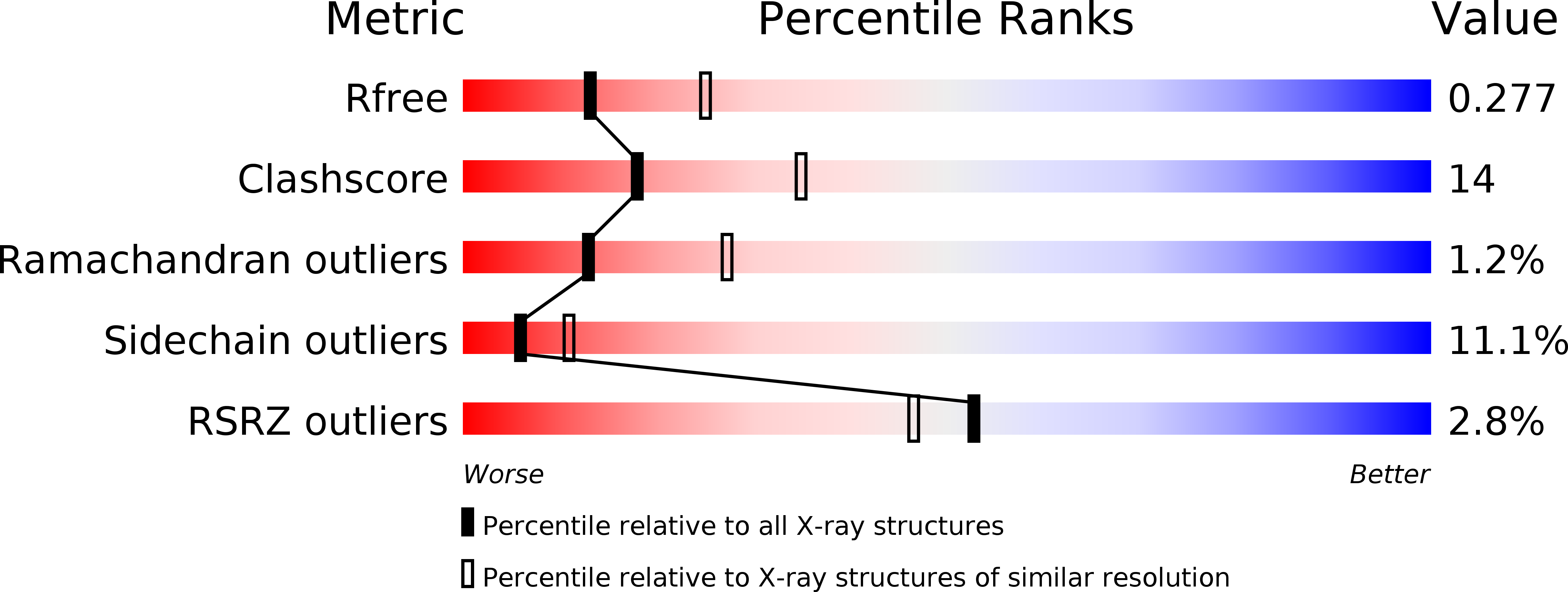
Deposition Date
2003-08-05
Release Date
2003-12-11
Last Version Date
2023-12-13
Entry Detail
PDB ID:
1OL2
Keywords:
Title:
Cyclin A binding groove inhibitor H-Arg-Arg-Leu-Asn-(p-F-Phe)-NH2
Biological Source:
Source Organism:
HOMO SAPIENS (Taxon ID: 9606)
SYNTHETIC CONSTRUCT (Taxon ID: 32630)
SYNTHETIC CONSTRUCT (Taxon ID: 32630)
Host Organism:
Method Details:
Experimental Method:
Resolution:
2.60 Å
R-Value Free:
0.29
R-Value Work:
0.19
R-Value Observed:
0.19
Space Group:
P 21 21 21


